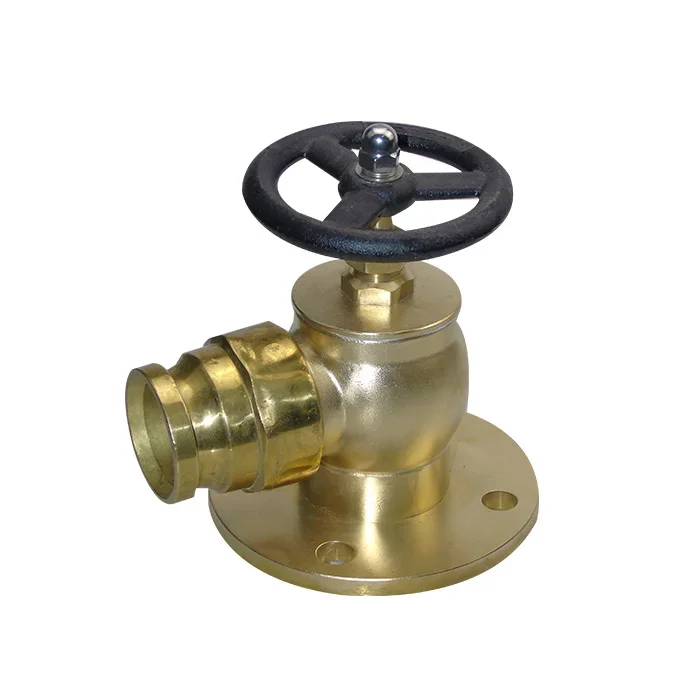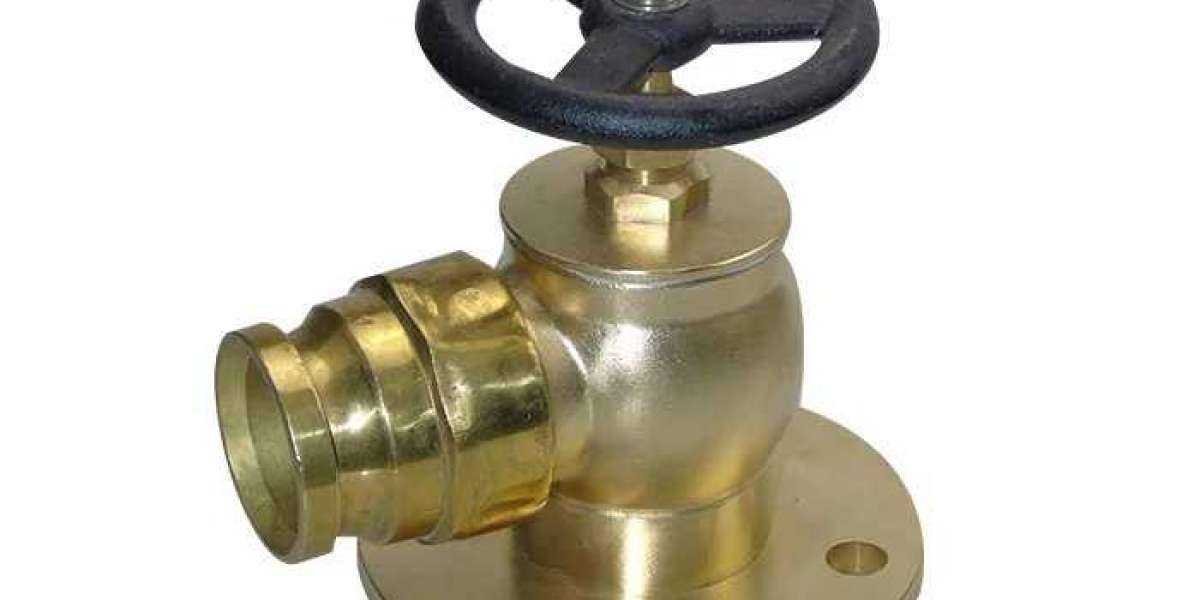Fire hydrants are essential components of any fire protection system. They provide a reliable source of water for firefighters to use in extinguishing fires. One of the most popular types of fire hydrant valves is the John Morris British type fire hydrant valve. This valve is known for its durability, reliability, and ease of use. In this blog post, Jingqi will take a comprehensive look at the manufacturing process of the John Morris British type fire hydrant valve.
Introduction
The John Morris British type fire hydrant valve is a type of fire hydrant valve that is widely used in the United Kingdom and other parts of the world. It is known for its high-quality construction, which makes it durable and reliable. The valve is designed to be easy to use, even in emergency situations, which makes it an ideal choice for fire protection systems.
The manufacturing process of the John Morris British type fire hydrant valve is a complex one that involves several steps. In this blog post, we will take a closer look at each of these steps and explore the materials and techniques used to create this high-quality valve.
Step 1: Casting
The first step is casting. The valve body is made of cast iron, which is a strong and durable material that can withstand high pressure and temperature. The casting process involves melting the iron in a furnace and pouring it into a mold. The mold is designed to create the shape of the valve body, including the inlet, outlet, and other features.
Once the iron has been poured into the mold, it is allowed to cool and solidify. The mold is then removed, and the valve body is inspected for any defects or imperfections. If any defects are found, the valve body is discarded, and the casting process is repeated.
Step 2: Machining
The next step is machining. Machining involves using a lathe or milling machine to shape the valve body and create the necessary threads and other features. The machining process is critical to ensure that the valve body is the correct size and shape and that it will fit properly with other components of the fire protection system.
During the machining process, the valve body is carefully inspected to ensure that it meets the required specifications. Any defects or imperfections are corrected, and the valve body is polished to create a smooth surface.

Step 3: Assembly
The third step is assembly. Assembly involves fitting the valve body with other components, such as the stem, bonnet, and handwheel. These components are made of brass, which is a corrosion-resistant material that can withstand high pressure and temperature.
The stem is the part of the valve that controls the flow of water. It is fitted with a rubber seal that prevents water from leaking out of the valve. The bonnet is the part of the valve that covers the stem and provides a seal to prevent water from leaking out of the valve. The handwheel is used to open and close the valve.
During the assembly process, each component is carefully inspected to ensure that it meets the required specifications. The components are then fitted together, and the valve is tested to ensure that it functions correctly.
Step 4: Testing
The final step is testing. Testing involves subjecting the valve to a series of tests to ensure that it meets the required standards for performance and safety.
The valve is first tested for leaks by subjecting it to a high-pressure water test. This test involves filling the valve with water and pressurizing it to a level that exceeds the maximum operating pressure of the valve. The valve is then inspected for any leaks or other defects.
The valve is also tested for functionality by opening and closing it several times. This test ensures that the valve operates smoothly and that there are no obstructions or other issues that could prevent it from functioning correctly.
Conclusion
The John Morris British type fire hydrant valve is a high-quality valve that is widely used in fire protection systems around the world. Its durability, reliability, and ease of use make it an ideal choice for protecting buildings and other structures from fire.
The manufacturing process is a complex one that involves several steps, including casting, machining, assembly, and testing. Each step is critical to ensuring that the valve meets the required specifications for performance and safety.
By understanding the manufacturing process of the John Morris British type fire hydrant valve, we can appreciate the skill and expertise that goes into creating this essential component of fire protection systems.
https://www.harry-fire.com/Manufacturing-process-of-John-Morris-British-type-fire-hydrant-valve.html








